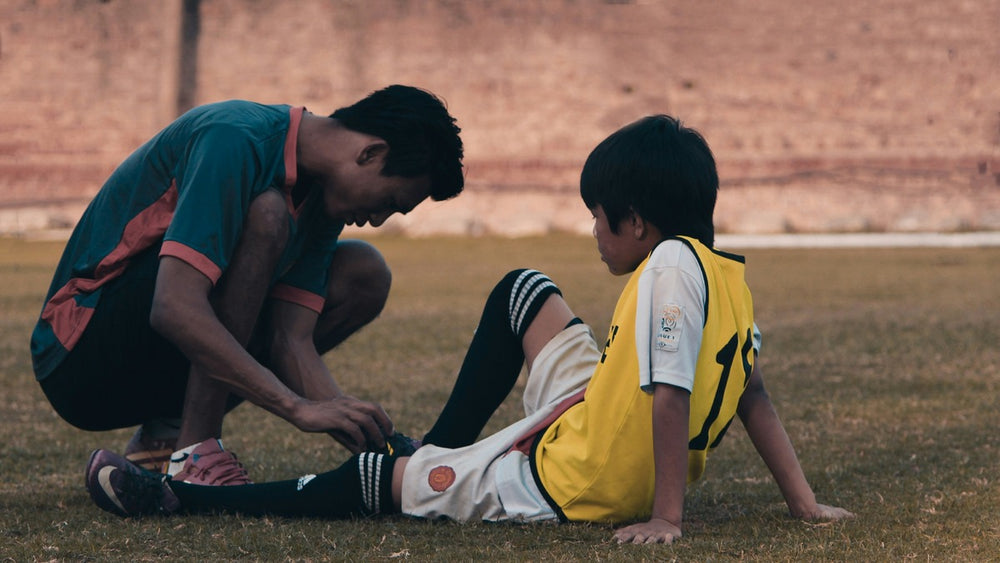Peroneal Nerve Injury: Causes, Symptoms, and Treatments


Posted by:
Johannes Sauer
Reviewed by:
Updated at: September 05, 2024
CHECK OUT THE LATEST IN ADAPTIVE FOOTWEAR...
FAQ
How long does a peroneal nerve injury take to heal?
Can you walk with peroneal nerve damage?
Can the peroneal nerve repair itself?
What are the trigger points of the peroneal nerve?


![[color: black] Original Men's Adaptive Shoe](http://cadense.com/cdn/shop/files/Mens-BLK-T1-LG.jpg?crop=center&height=300&v=1765338442&width=300)
![[color: white] Original Women's Adaptive Shoe](http://cadense.com/cdn/shop/files/Womens-WHT-T1-LG.jpg?crop=center&height=300&v=1765381322&width=300)





